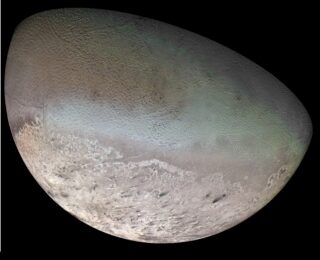
Tick, tick, plume! Explaining eruptions on Neptune’s largest moon
Voyager 2 observed unusual dark plumes on the icy moon Triton. Read on to learn what may cause this mysterious process.

Voyager 2 observed unusual dark plumes on the icy moon Triton. Read on to learn what may cause this mysterious process.
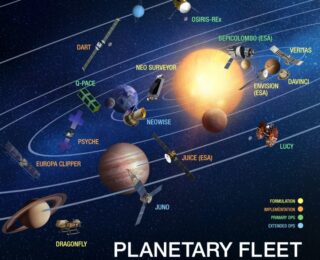
NASA is a massive and multifaceted organization. As a graduate student, you can participate in the reviews that ultimately lead to the next big space mission.
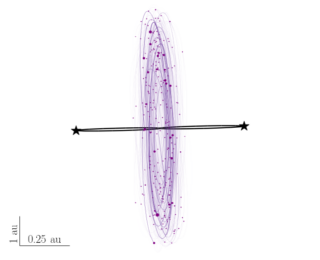
Simulations of planet formation around binary stars compare coplanar vs perpendicular orbits.
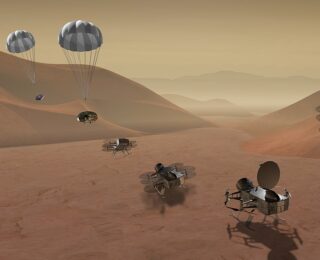
Today’s bite explores the landing site selection process for Dragonfly, an upcoming rotorcraft mission to Saturn’s moon Titan
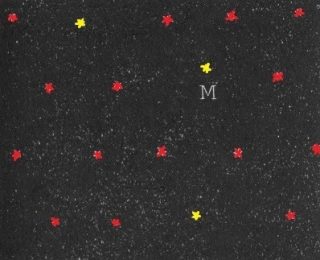
You may have heard of the Fermi Paradox, but have you heard of the Red Sky Paradox? Statistics argue that unless common red dwarf star systems are less habitable, it’s pretty unusual that we orbit a sun-like star.